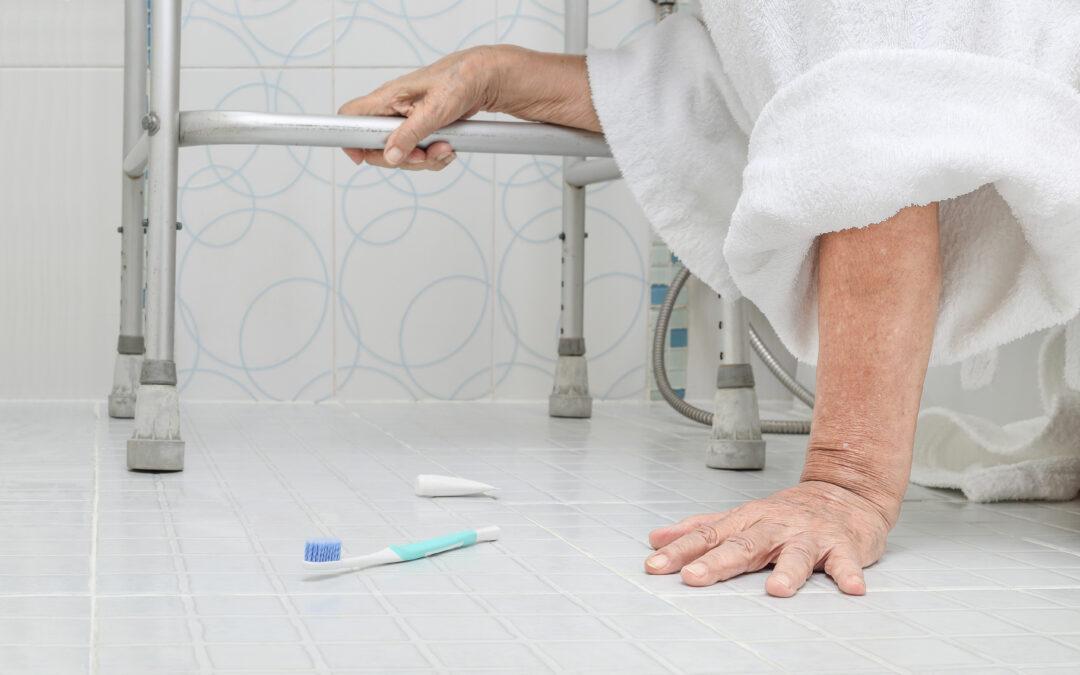Whether it’s a patient’s call for assistance, a cardiac arrest or power outage, efficient alert systems are more crucial than ever.
Let’s explore the indispensable role of the right alert system in safeguarding patient safety, underscoring the reality that timely notifications aren’t just helpful — they’re lifesaving.
Nurse Call Systems: Orchestrating Comprehensive Care
The concept of a nurse call system dates back to the 1850s, innovated by Florence Nightingale. Her design was simple yet revolutionary, involving hand bells placed at patients’ bedsides that enabled them to ring for assistance.
Fast forward to today, many nurse call systems are sophisticated networks designed for instant communication between patients and caregivers. These systems are equipped with features like visual indicators outside of patient rooms signaling the need for assistance, bedside call buttons and pull cords in patient bathrooms.
These enhancements are more than just modern conveniences. They’re essential for accelerating call responses and reducing fall and injury rates when part of a comprehensive patient safety plan.
But which specific elements of these nurse call systems further this goal?
Call Buttons & Pull Cords: Ensuring Safety in Vulnerable Moments
Nurse call buttons and pull cords are strategically placed where patients are most vulnerable, like beside the bed and in bathrooms. These tools empower patients in healthcare settings to remotely signal their need for assistance to staff members.
Upon pressing a call button or pulling a cord, a signal is sent to the nurse’s station. This alert typically prompts a nurse or nurse assistant to respond.
However, modern systems vary: Some allow direct communication with the staff, while others signal through beeps or buzzes, necessitating a staff member to physically check on the patient’s needs.
Key features of effective call buttons and pull cords include:
- Visual Alerts: Integrating the nurse call system with dome lights, nurse consoles and electronic whiteboards provides clear and immediate notification to healthcare staff while reassuring the patient help is on the way.
- Patient Control: Patient stations located in bath and toilet areas allow patients to inform staff when they need to return to bed or if emergency assistance is required. These alerts are automatically directed to the appropriate caregiver based on the nature of the alert.
Nurse Consoles: Empowering Timely & Informed Care
Centrally located at the nurse station, the nurse console serves as the command center for unit activity. It provides a comprehensive overview, highlighting patient call requests, staff locations and room statuses. Its functions empower staff to:
- Stay Alert: Real-time alerts swiftly reach the nurse console as soon as a patient presses the call button.
- Visualize Patient Needs: Modern nurse consoles feature interactive screens displaying unit maps, offering a real-time view of all patient statuses, requests and alerts.
- Streamline Communication: Some nurse consoles boast interactive touchscreens, simplifying caregiver response with a single touch and facilitating task delegation without the need for multiple devices.
- Prioritize Alerts: Advanced nurse consoles can differentiate between routine and urgent requests, enabling staff to address immediate needs, such as bathroom assistance, with top priority.
Mobile Alerts: Speeding Up Critical Response
Just one minute can determine the outcome of a “code blue” or cardiac arrest response. Recent research from the American Heart Association highlights that integrating smartphone emergency alerts into hospital code responses can shave off precious seconds, potentially leading to better patient outcomes.
When seamlessly integrated with any nurse call system, mobile alerts enhance response times and modernize alerts with:
- Direct Notifications: Delivers immediate notifications to mobile devices, enabling staff to promptly address patient needs via phone or video communication without in-room visits.
- Customized Routing: Intelligently routes calls to the right caregivers based on call type to optimize staff efficiency and response.
- Instant Awareness: Notifies caregivers on their mobile devices instantly when a patient requests assistance, ensuring no call goes unanswered.
- Efficient Workflow Automation: Promotes enhanced care communication while reducing caregiver alarm fatigue with customized and automated escalations and workflows.
Wireless Emergency Call Kits: Preparing for Rapid Deployment
Whether it’s a sudden healthcare crisis, equipment failure or the need to convert provisional spaces into patient care areas, staff must be prepared to act swiftly, ensure patient safety and maintain the continuity of care.
A wireless emergency call kit like West-Com’s can step in as the solution for these critical scenarios. This all-in-one, pre-programmed system designed for rapid deployment can be set up in minutes so patients can contact their caregivers easily and reliably, especially in times of crisis.
Key features include:
- Simple Setup: The Wireless emergency call kit can be set up in under five minutes, quickly establishing critical communication with minimal training required.
- Wireless Pendants: The system includes 24 wireless pendants with neck straps. Patients simply press a button on their pendant to call for assistance.
- Digital Call Display: Caregivers are promptly notified of calls through the digital call display or directly on their pager.
Prepare for the Future of Emergency Response with West-Com
Timely and effective response can mean the difference between life and death. West-Com’s Connect® Nurse Call System and Wireless Emergency Call Kit are at the forefront of enhancing emergency preparedness in diverse healthcare facilities.
Our nurse call solutions facilitate swift communication between patients and caregivers, ensuring help is just moments away, regardless of power availability.
Request a demo today and experience the future of healthcare communication in action. Your patients’ safety and well-being deserve nothing less.

